Focus on the tennis market and its players. We will see that the public is large and that it evolves. It is also necessary on the socio-economic sector which has a direct impact on the number of practitioners and the number of licensees padel.
Evolution of different audiences
Modern tennis is perfectly suited to families and their needs since anyone aged from 5 to 80 can find pleasure and motivation in tennis. That is to say, there is an offer corresponding to all and allowing progress while having fun. Children can play in a mini-tennis club at the same time as their parents compete each week at competitions and team championships. Youth under the age of 14 can participate in training and training programs while juniors can acclimatize to the competition through the championships. In addition boys can play with girls and adults can play with young people. This allows to contrast with the common image of an elitist sport and to show that it is a universal sport and open to all. Especially when we know that tennis is practiced by millions of people around the world, specifically 60 million in 205 countries including 3 million for France in 2000.
There are several trends in the tennis market, trends that differ in children and adults. Children have a different mentality than those who were in their place about ten years ago. Children have more choices in recreation and are looking for activities where they can have fun and let off steam, but they are also looking for performance and success. So if they do not have fun or can not play, they tend to give up quickly and change their activity. Parents, who today tend to work both often have a busy schedule. Therefore the activity that their child (ren) practices depends on their availability. An activity whose schedules are flexible is therefore preferred for their child (ren).
It should be noted that in adolescence (14-20 years) more girls give up practicing sport than boys (see appendix 1). This whatever the sport. When girls leave school, they tend to practice individual physical activities such as jogging, gymnastics or swimming. They practice these sports freely and alone with girlfriends. They explain this choice by a lack of time. Indeed, the practice of these activities allows you to manage your schedule without the constraint of weekly training and matches every weekend. This reason is overwhelmingly given by women. Moreover, their motivations are different from those of men. What drives them to practice is the maintenance of their body, their physical appearance, weight control and maintaining good health. A recent study shows that “women are more attracted to notions of well-being, health and free practice, of victory over oneself before victory over others” (2Brocard P., (2015), Women are not made to run, Belin Publishing, Paris, p9-10). Unlike women, men seek more confrontation by measuring themselves to others, to surpass themselves, to fight.
The socio-economic sector
Tennis is the first individual sport and the first mixed sport in France. 3 millions of people practice this sport including 1,1 millions of licensees. 35% of licensees play tennis in competition. These numbers are from 2007. Tennis is a game characterized by educational aspects, leisure, health, well-being and social links attributed to the practice of this sport. The affiliated clubs offer various offers to its members: initiation, tennis school (offers ranging from mini-tennis to junior club, through competition and tennis adults). In addition to the training of many internal and external tournaments for all ages are offered, they are in number of 10700. Individual and team championships are also offered to the licensees. Parallel to all this, diverse and varied activities are organized, internships and individual courses are offered by the state certified teachers (BE), and state graduates (DE) today. According to the FFT most of the jobs are technical since they concern 5000 patented state whose 71% are full-time, which equates to 3300 BE equivalent full-time (FTE). Between 500 and 700 ETP concerns the reception, administration and maintenance of clubs. In total tennis would therefore have 4000 FTE jobs. There are four types of club that can be distinguished: the club
“urban”, the “peri-urban” club, the “rural” club and the “corporate” club. According to a survey by the sports secretariat, an average club has an annual budget of €33000 and has 129 members among its members. The INSEE statistics differ little since they suggest an annual budget of €37000. The average contribution would amount to €66 per member. Between 2007 and 2009 the 36 leagues and the 85 departmental committees had a budget of 50 million euros, 21 million of which were paid by the Federation and counted among its 765 employees, not counting the BEs. 8460 clubs made up the FFT for a total turnover of 280 million euros. For the FFT, the leagues are an essential relay of federal policy which has benefited from professionalization in three sectors: training, administration and development. This professionalization is exceptional for a federation. It should be noted that in 2007, out of 152 million euros in turnover, 82% came from Roland Garros (one of the four tournaments in the grand chelem in the world, it takes place in Paris) which is the hallmark of French tennis. But these tennis professionals are not the only ones to support the FFT, the leagues, the departmental committees and the clubs. Volunteers are an essential link in development. They are 26000 leaders to animate these structures. All of the voluntary work that is accomplished represents a value of approximately 90 million euros. These managers represent 6000 FTEs, of which 5600 work in the clubs. We must not forget to count the initiators who also work voluntarily and on average 4,6 hours per week according to the National Technical Director. Their work represents approximately 1000 FTE, which is valued at 14,5 million euros (basis of remuneration from the SMIC). It is important to point out that the work done by volunteers represents a volume that is slightly higher than that of employees. Moreover, compared to other sports, the number of professionals is much higher in tennis. Indeed, according to SES statistics, Stats-info 2006, in tennis there is 1 employee for 1,2 volunteers, whereas in other sports there is only 1 employee for 3 volunteers, on average.
The evolution of the number of licensees
According to Gillon (2008) a strong democratization of tennis has taken place, however it remains relative (compared to other sports) since a strong correlation still exists between the average income per household and the rate of practice.
Many people give up tennis. To explain this abandonment, two factors seem to be decisive: the lack of time and the difficulty of learning. Indeed, the results of a survey conducted during the Open 13 2008 (tournament taking place in Marseille) show that 63% of players stop because of a lack of time and 46% of women do not play in competition because they consider their level too low.
Over time, the FFT licensees have experienced a rejuvenation. In 1970 18 less than 35 accounted for 1990%, 44 2007% and 51,5 4%. This phenomenon is explained by the creation of mini-tennis for 6-15 years that allows the FFT to target new audiences. In addition, tennis has an important power of identification among young people. The bulk of the workforce consists mainly of those under 2006 who, during the 2007 / 62,8 season, had a youth license renewal rate of 2006%. The problem is that, for their part, the number of adult licensees is decreasing. However, the retention of licensees increases with age. From 2010 to 2, a stabilization or even a slight increase in the number of licensees is noted (see appendix 2010). This seems to be explained by the many educational and marketing initiatives of the federation around progressive tennis and mini-tennis. Unfortunately, between 2010 and today a further decrease in the number of licensees is noted. In 1134571 the FFT counted 1052061 licensed against 2015 in 2 (see annex 3 and annex 2014). In addition, a disturbing statistic is observed: more and more young people stop playing tennis. Between 2015 and 29123 4196 young people stopped the tennis, so for 5,18 adults. The number of young licensees has therefore decreased by 0,80% in young people and 3% in adults (see Annex XNUMX).
According to Claudine Reynes (former President of the French Federation of Sports and Leisure Industries), in 2007 "the French market is stable and mature, as indeed the rest of Europe" (3Crognier L. and Bayle E . (2009), Tennis in the society of tomorrow, AFRAPS Editions, Montpellier, p50-51). In contrast, "the US market is growing more important". It deals here with the tennis market as a whole, which includes industry players such as tennis brands, whether for shoes, equipment or textiles. All of this obviously depends on the tennis players. For her, the decline in the French market is due to several reasons, including the "disaffection of tennis". She states that "the practitioner of a sports activity is less and less interested in the competition, but is looking for a practice much more turned to the leisure. He favors relaxation, fun, practicing as a family. But for her it is not the only reason for the disaffection of tennis. She also explains that this is due to "the difficulty of finding a partner, the difficulties related to the reservation of the courts on weekends, the obligation to book in advance, which is detrimental to the spontaneity of practice , and sports zapping: practitioners move from one sport activity to another, want to try different practices, different sports. Regarding the difficulties of finding a gaming partner and the difficulties of booking the courts, these are things that clubs can solve on their own. On the other hand, in terms of sports zapping, it is a much more complicated problem to solve because it is due to the behavior and actions of today's practitioners.
Claudine Reynes explains that this disaffection is all the more surprising
"The tennis events are well publicized, that the tennis as spectacle is very followed and that this mediation focuses the attention of the public on the players and high-level players who are the ambassadors of the marks (...) the players are perceived of positively by the public. The players infuse a glamorous side, with the arrival of those from the East. Highly publicized, these young women with a mannequin look also occupy great places in the rankings and are excellent ambassadors of the brands. The players to associate with her speech are, for example, Anna Kournikova, and more recently Maria Sharapova or Ana Ivanovic. She believes that "the sympathy capital of athletes is huge to the public, and should significantly influence the increase in sports, especially among juniors." This means that the mediatization of the best players who are the ambassadors of tennis, should normally attract new practitioners to young people, and therefore new licensees. But she ends up concluding that the mediatization of the icons of tennis "is not enough to significantly boost the practice of tennis." That is to say, the number of licensees does not increase. According to her, to reinvigorate tennis in France it would be necessary "that a French or a French wins Roland Garros, because even if the practitioner is no longer fascinated by the competition for himself, the sport show is very followed and the French are enthusiastic about the big competitions and their athletes ". However, she also specifies that this is not the only way to revitalize tennis. The clubs could take action and diversify their offer to satisfy new practitioners wishing a leisure practice. They could also use high level sport to attract different audiences and attract new licensees, and thus increase the number of practitioners. But this corresponds more to the role of the Federation than to clubs. The first thing to do is to talk to young people because they are the main target and a sport learns at a very young age, especially at school. To achieve this, she develops the idea that it is necessary "not only to seduce them, but also to retain them: studies show that entry into working life is often accompanied by a decline in practice or even abandonment. (lack of time, most often). Clubs should also be able to set up development and prospecting actions (...) we have to find future practitioners at home, in the street and in schools ".
The tennis market is changing and the FFT must be able to develop and diversify its offer. It must continue to implement a policy aimed at increasing the practice and media coverage because these are good ways to continue its development. Indeed, tennis has several opportunities to develop economically and sportingly. TV audience is one, as is media coverage. For example, the US Open 2007 (tournament of grand chelem in New York) brought together more than 75 million people in front of their television, in 180 countries. Tennis was the second most watched sport by television viewers in the 2000/2001 season in Spain, and the number one individual sport seen by viewers. For its part, France 2 attracted an average of 4,2 million spectators at each Roland Garros match, which is equivalent to an audience rate of 36,8%.
Graduated from a Masters in sports management and passionate about tennis, I carried out a study on the development of women's tennis. Practicing this sport for twenty years and today manager of my club (TC Morlaàs in the Pyrénées-Atlantiques), I am always on the lookout for new ideas aimed at improving the practice environment for members. I am therefore delighted to be able to share this work.




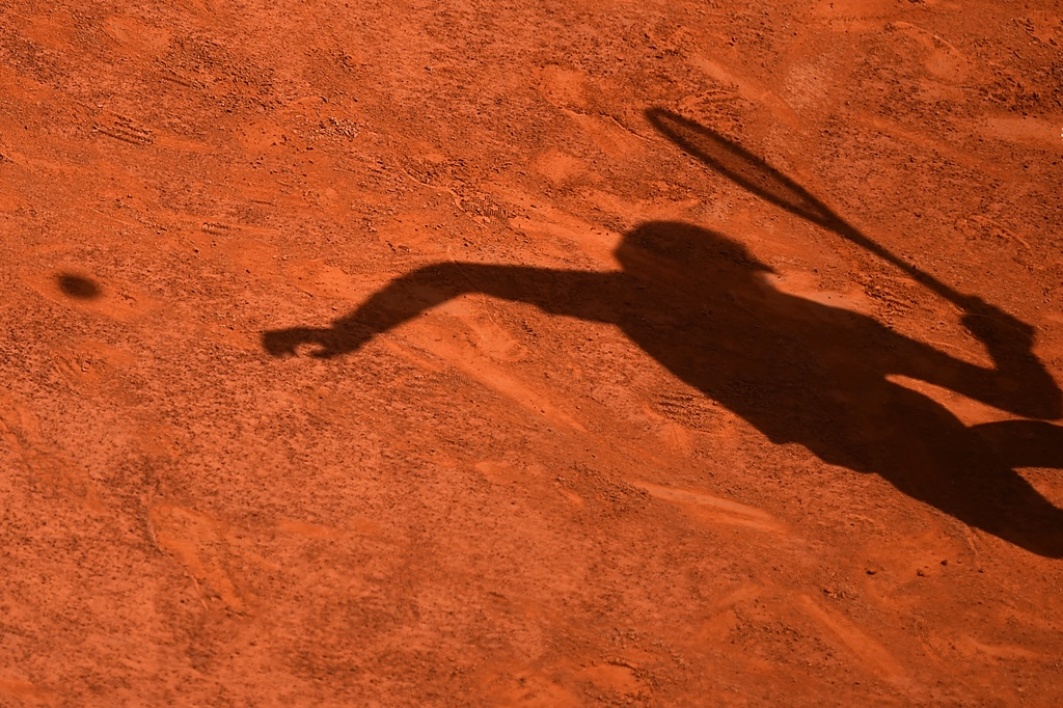
















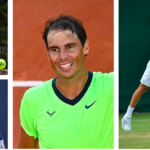














































































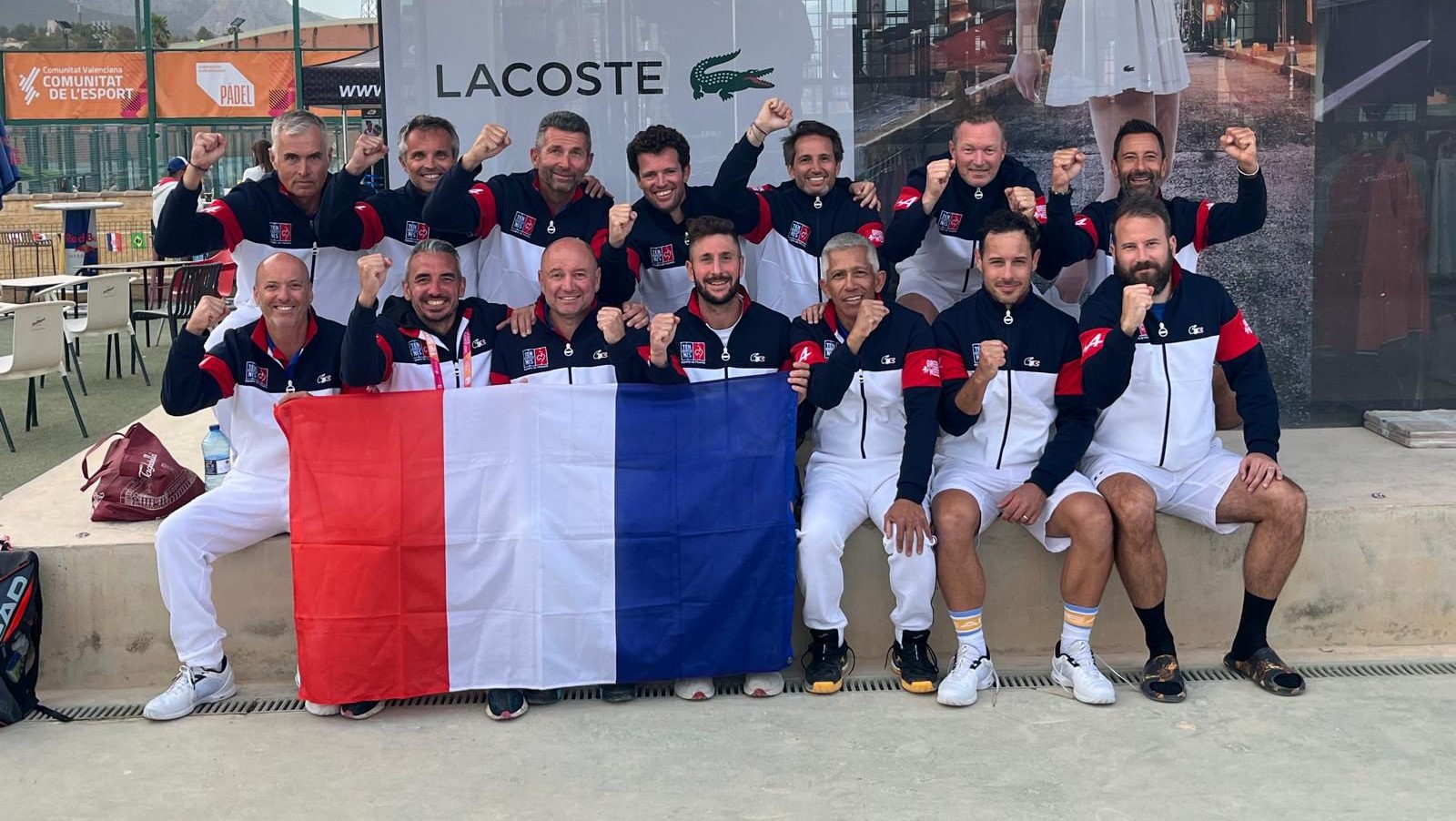 World Seniors Plus 2024: the French in the semi-final!
World Seniors Plus 2024: the French in the semi-final! World Seniors Plus 2024 Open (M): four French pairs in the semi-finals, and the psychological advantage gained against the Italians!
World Seniors Plus 2024 Open (M): four French pairs in the semi-finals, and the psychological advantage gained against the Italians!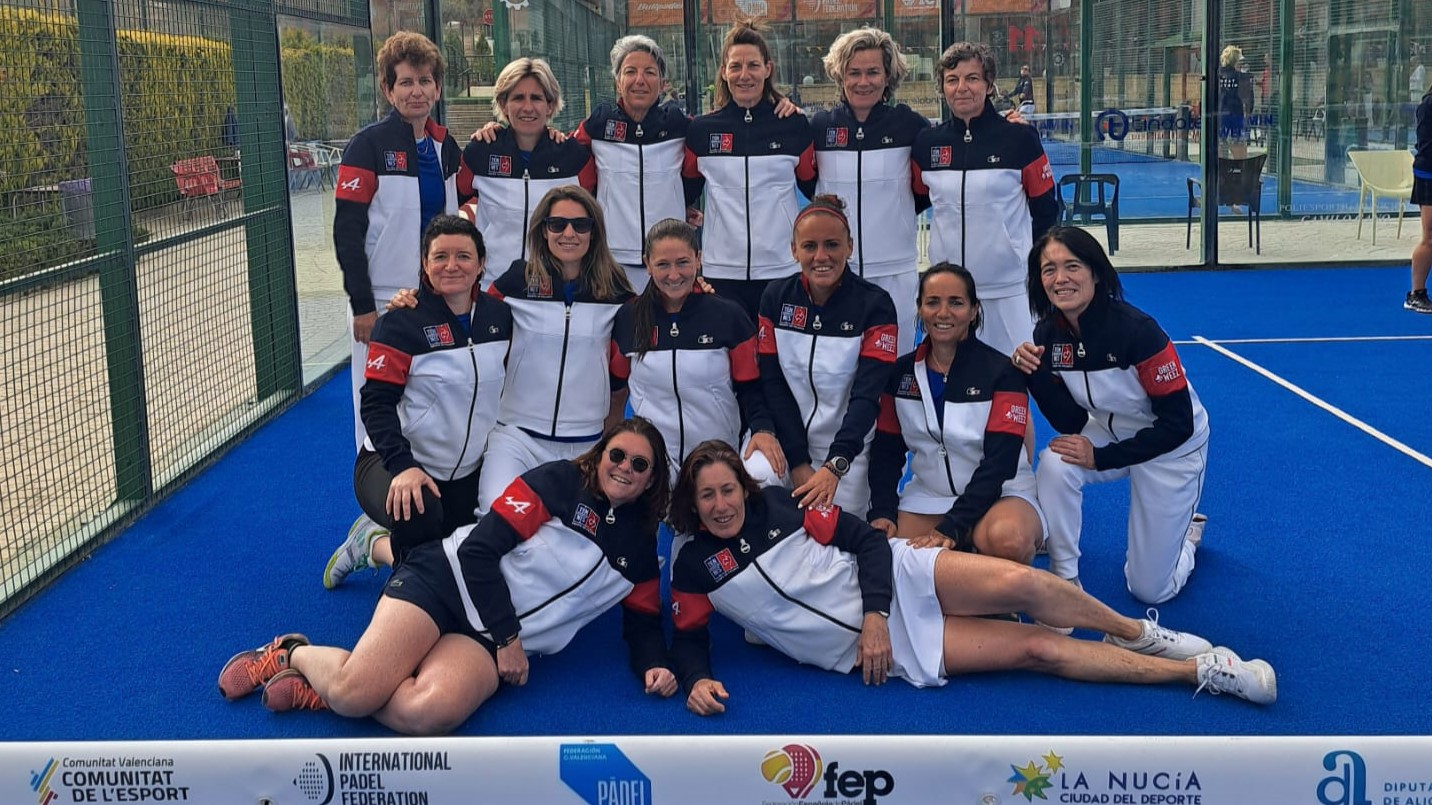 World Seniors Plus 2024 – The French women’s team in the final four!
World Seniors Plus 2024 – The French women’s team in the final four!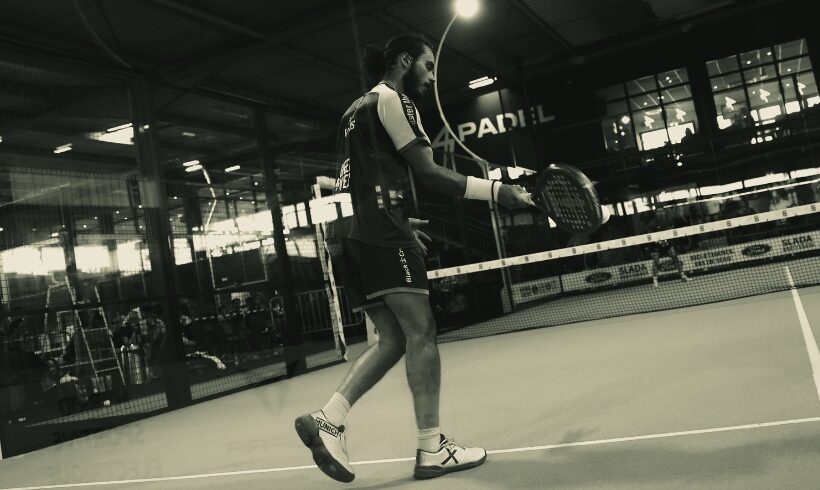 Manuel Vives: “It’s extremely difficult to get by financially”
Manuel Vives: “It’s extremely difficult to get by financially” And 4 for Frederick and Mehdy with network 4Padel !
And 4 for Frederick and Mehdy with network 4Padel !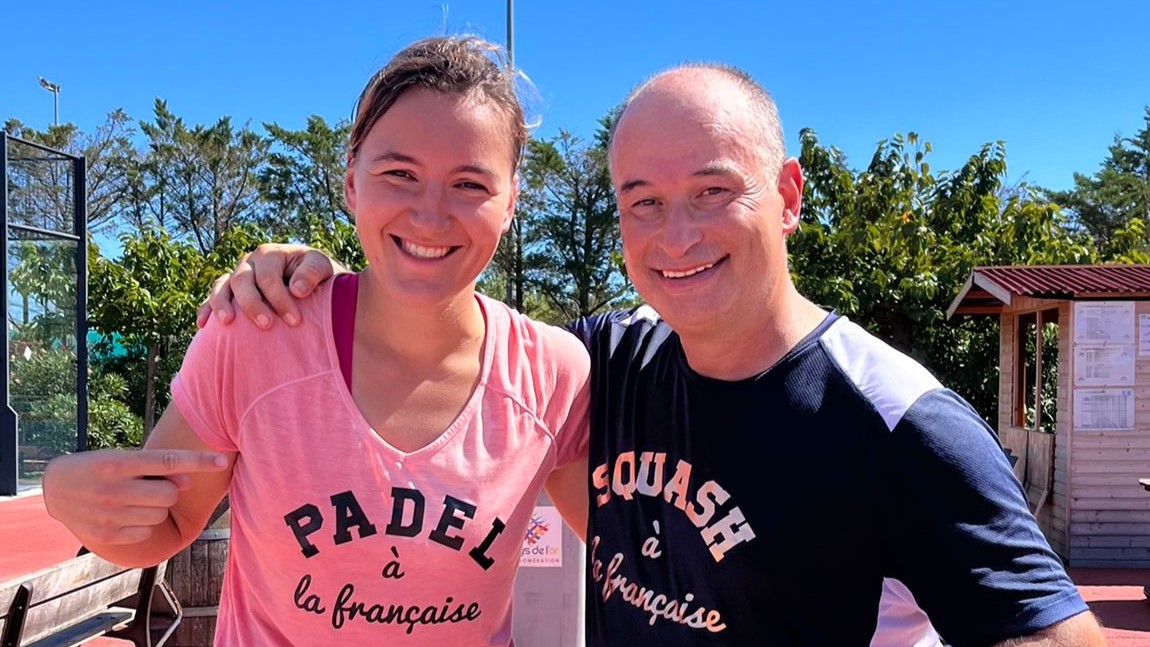 Benoît Letourneau (GM Squash & Padel): “Have a hundred young people in multi-snowshoes within three years”
Benoît Letourneau (GM Squash & Padel): “Have a hundred young people in multi-snowshoes within three years”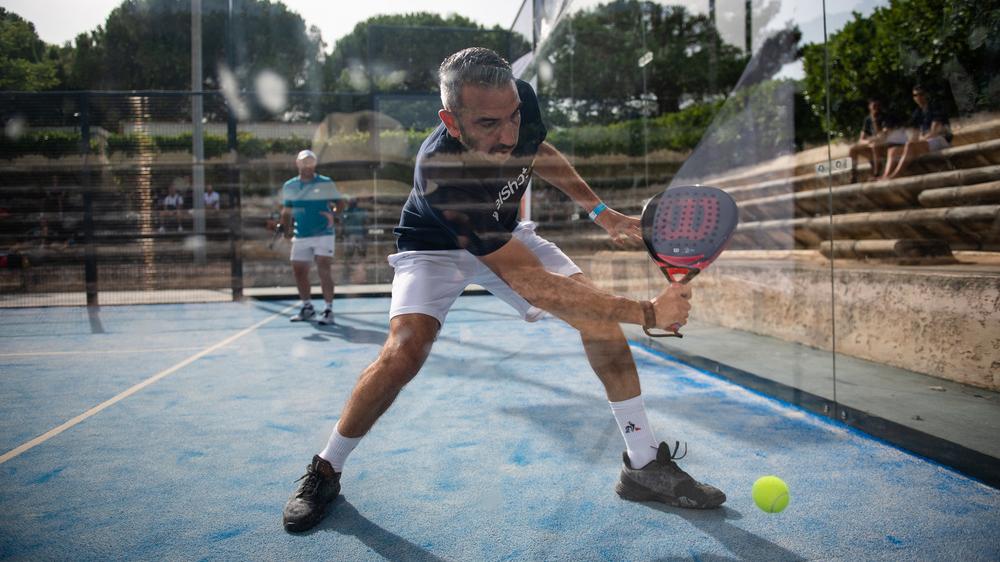 World Senior Plus – Simon Boissé: “Be in the first five places”
World Senior Plus – Simon Boissé: “Be in the first five places” Padel 95: a brand new complex in Pontoise!
Padel 95: a brand new complex in Pontoise!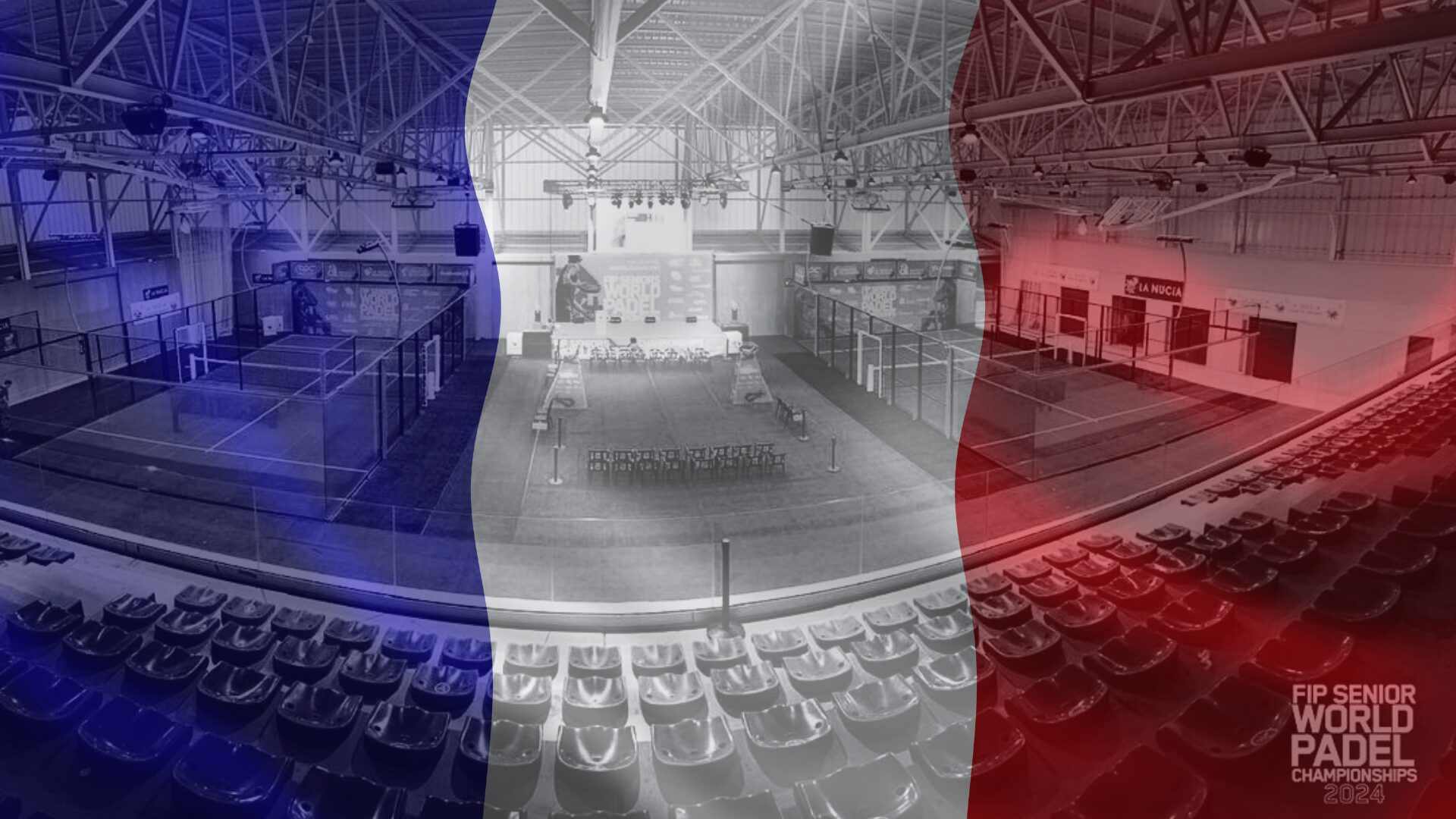 World Seniors Plus 2024 Open (M): four French pairs in the semi-finals, and the psychological advantage gained against the Italians!
World Seniors Plus 2024 Open (M): four French pairs in the semi-finals, and the psychological advantage gained against the Italians!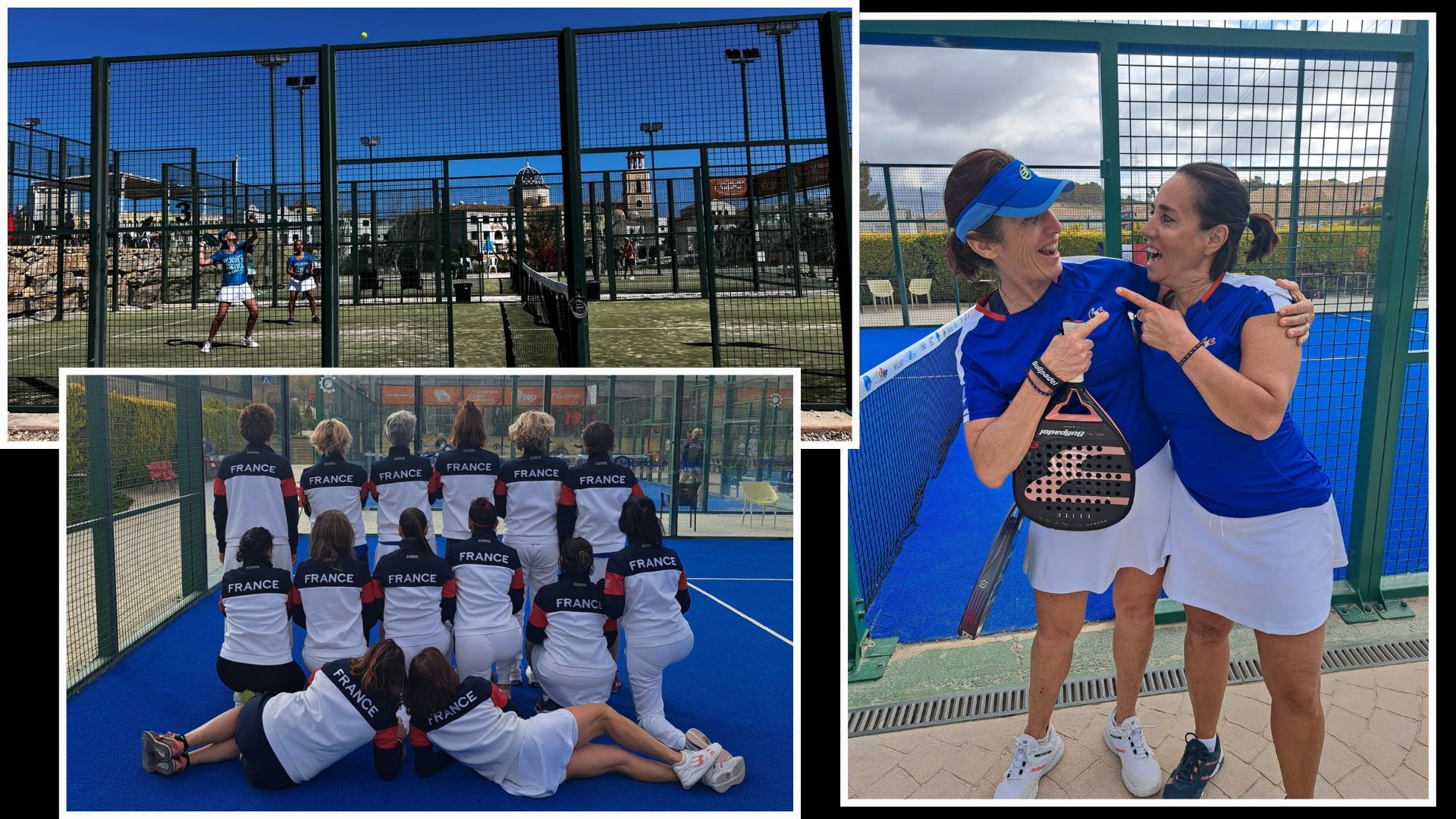 World Seniors Plus 2024 Open (F): heading to the quarter-finals for five French pairs!
World Seniors Plus 2024 Open (F): heading to the quarter-finals for five French pairs!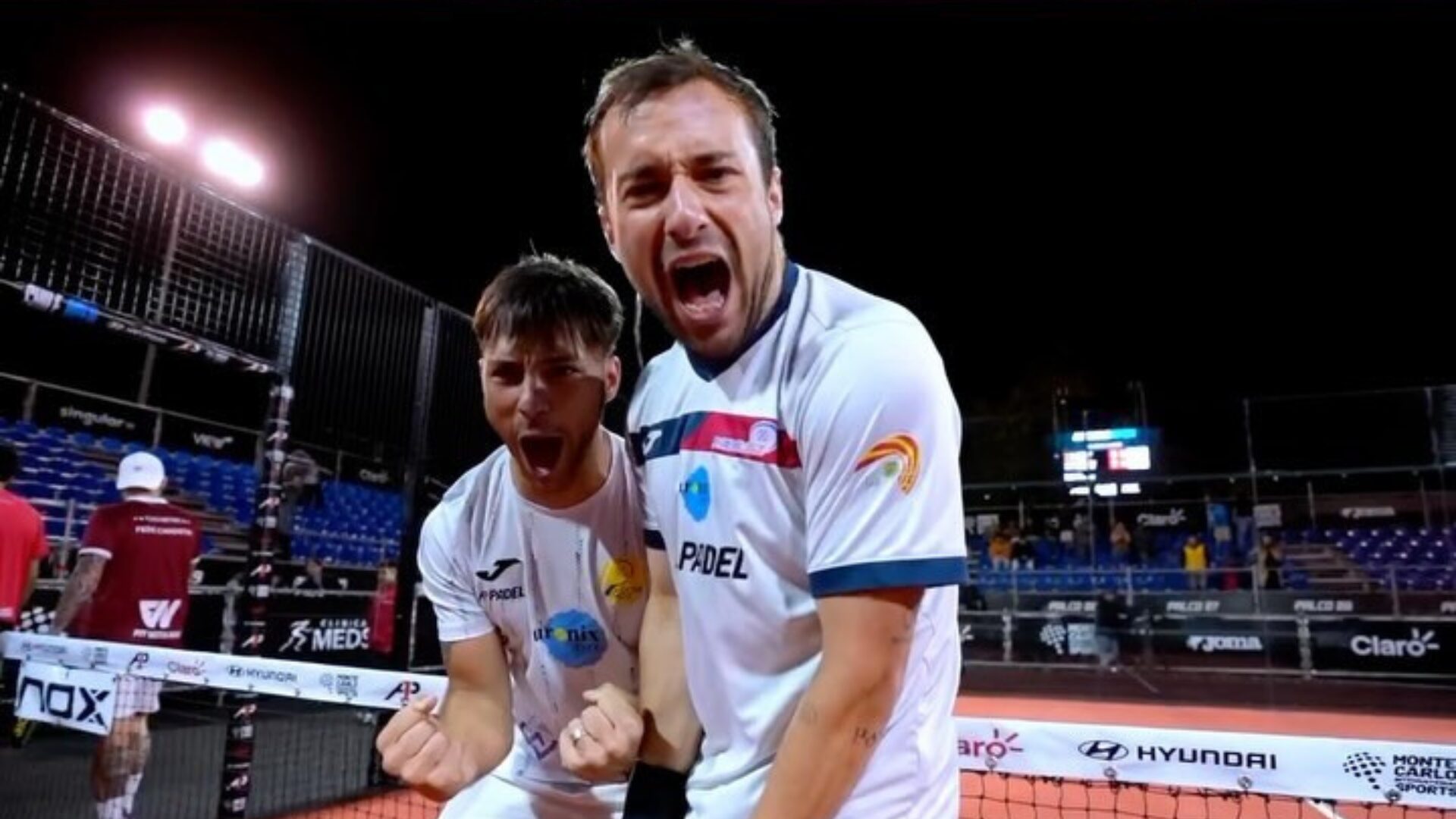 A1 Padel Chile Open – Chiostri and Sanchez eliminated, the eighths start strong!
A1 Padel Chile Open – Chiostri and Sanchez eliminated, the eighths start strong! Play at padel on his yacht? Possible for €233.000!
Play at padel on his yacht? Possible for €233.000! TOP Padel : “A premium club with 10 slopes in Toulouse”
TOP Padel : “A premium club with 10 slopes in Toulouse”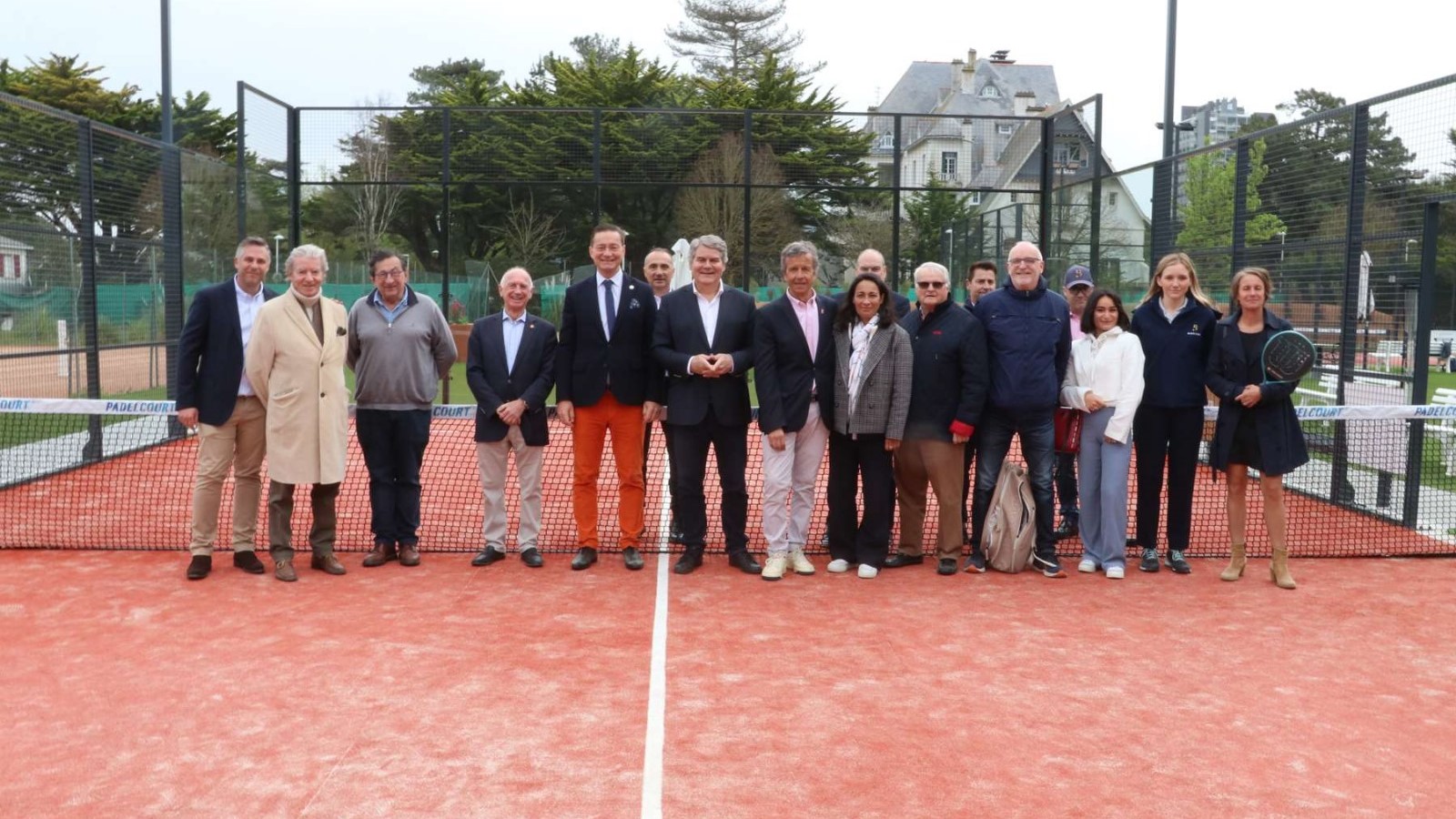 The padel of the Barrière Country Club are born in La Baule
The padel of the Barrière Country Club are born in La Baule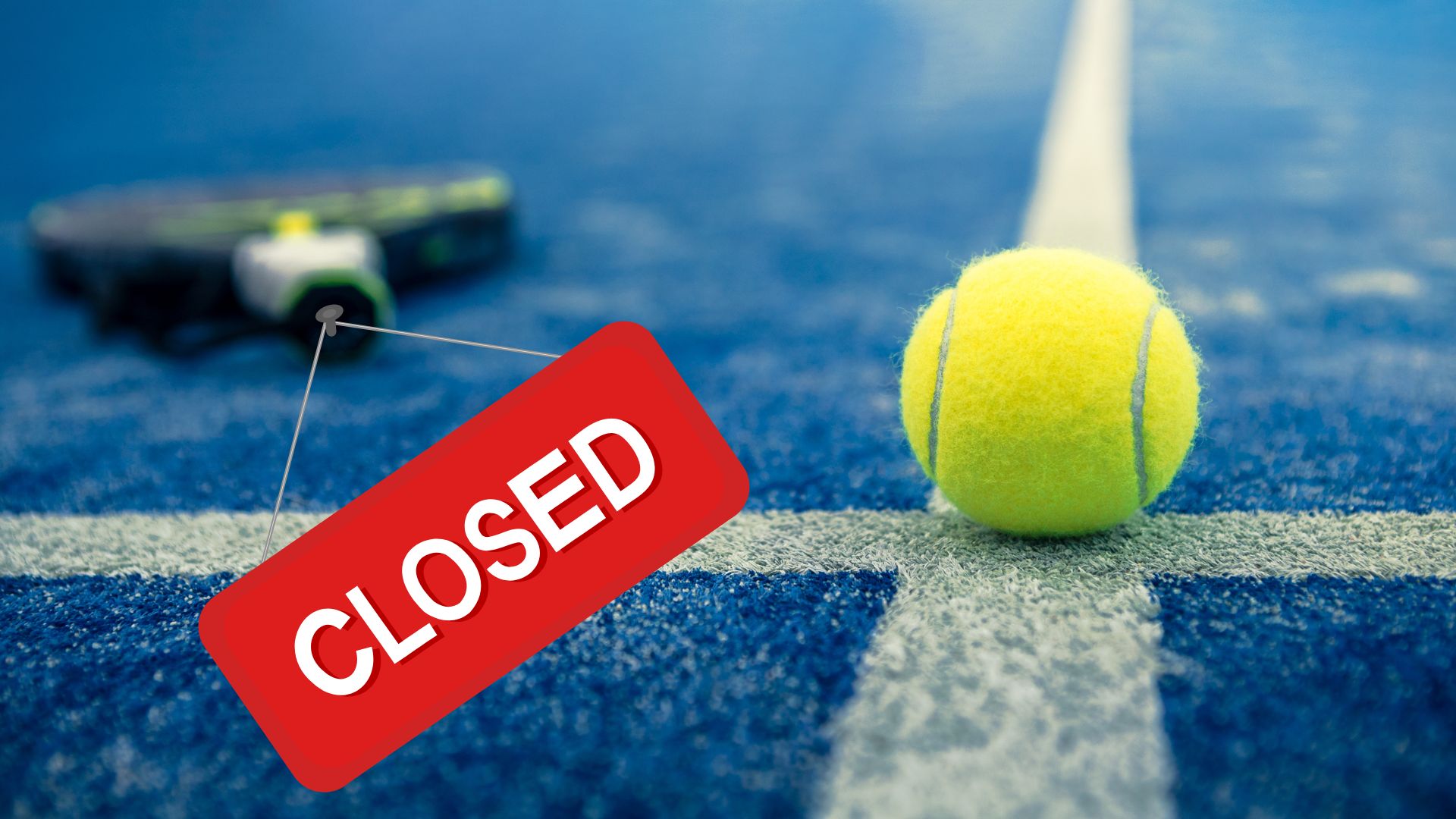 Why clubs padel do they close?
Why clubs padel do they close? How to effectively test a racket padel ?
How to effectively test a racket padel ?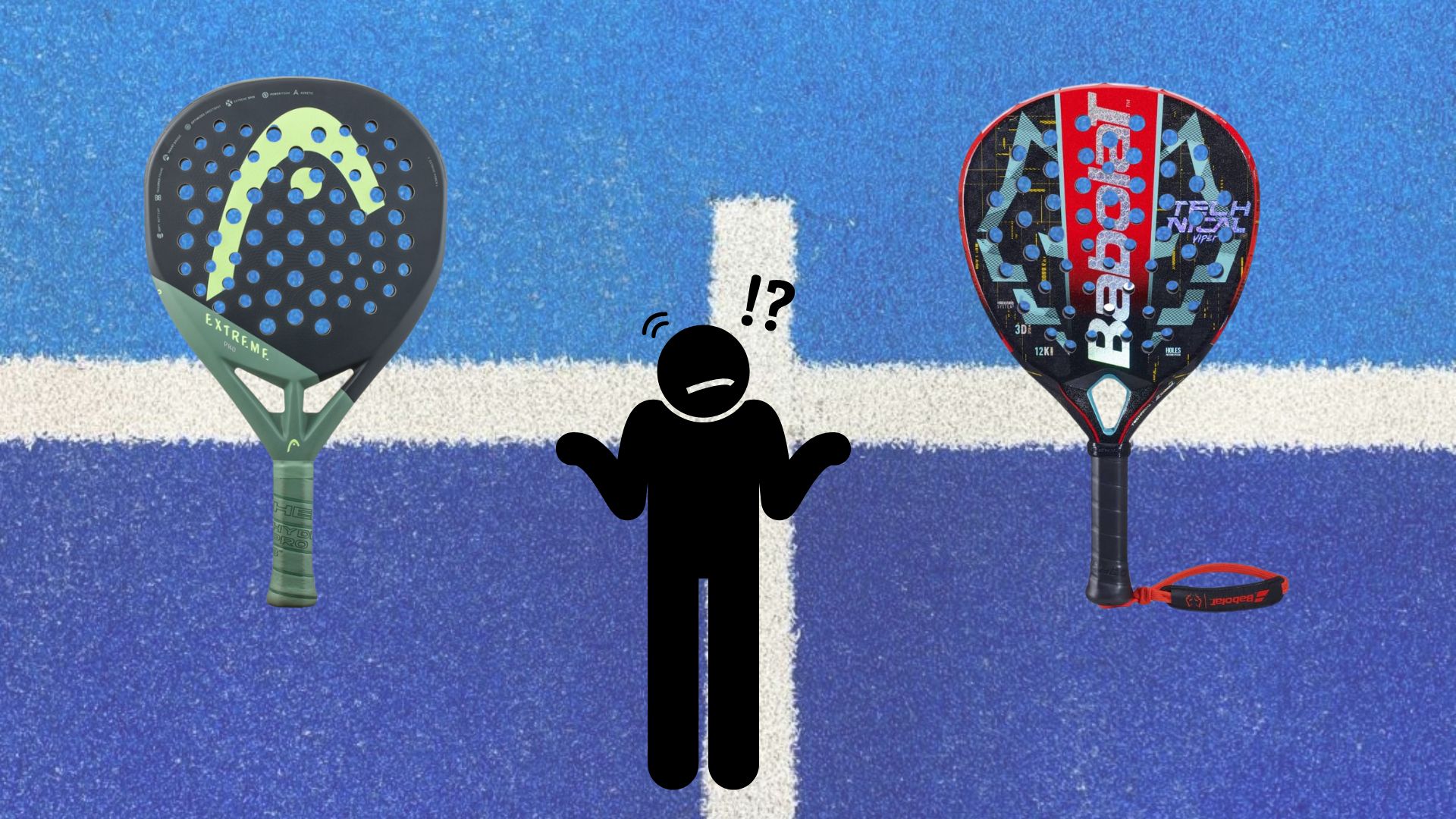 Which high-end racket to choose in 2024?
Which high-end racket to choose in 2024? At the heart of padel – Episode 24: Paul Daulan shares the evolution of his bandeja
At the heart of padel – Episode 24: Paul Daulan shares the evolution of his bandeja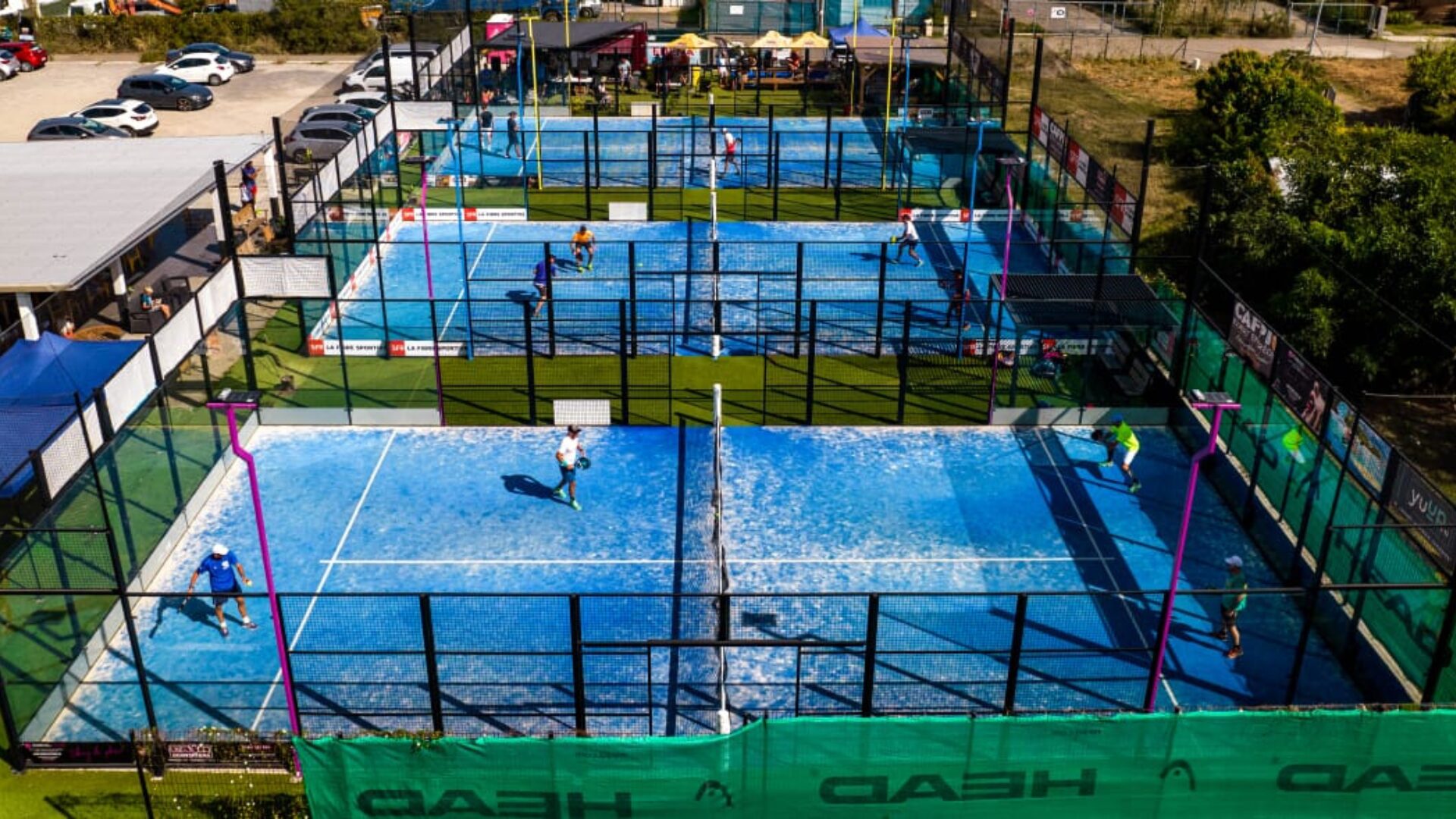 Why choose a track padel new?
Why choose a track padel new? At the heart of padel – Episode 23: defend the window well
At the heart of padel – Episode 23: defend the window well Prohibition on playing topless Padel : the reasons
Prohibition on playing topless Padel : the reasons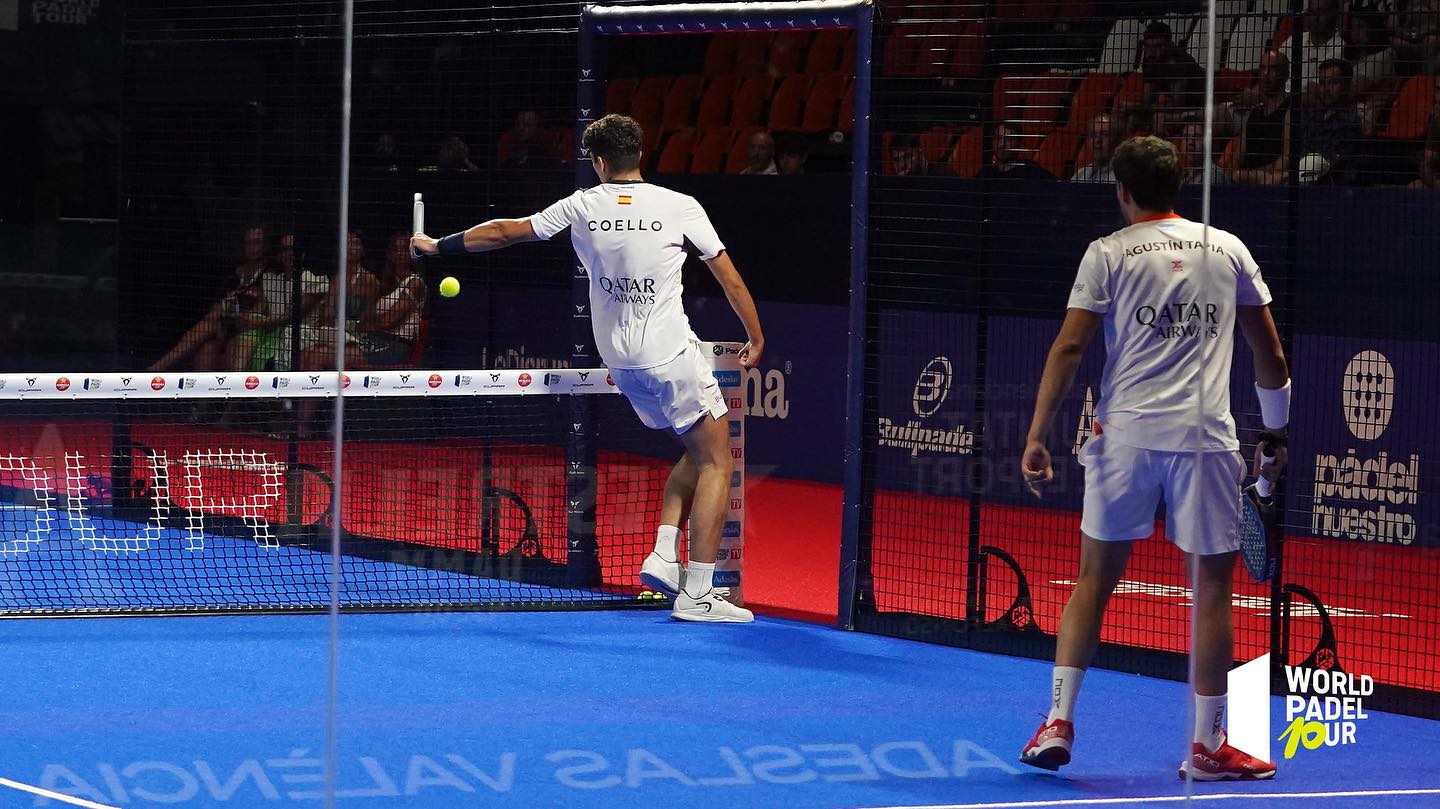 What is the difference between a dormilona, a dejada and a cushioned puerta?
What is the difference between a dormilona, a dejada and a cushioned puerta? FIP Tour – Going far from Europe, THE strategy to earn points!
FIP Tour – Going far from Europe, THE strategy to earn points! What is a good football player? padel ?
What is a good football player? padel ? “Lefties give me headaches when I play against them!”
“Lefties give me headaches when I play against them!” At the heart of padel – Episode 14: how to earn points in winter?
At the heart of padel – Episode 14: how to earn points in winter?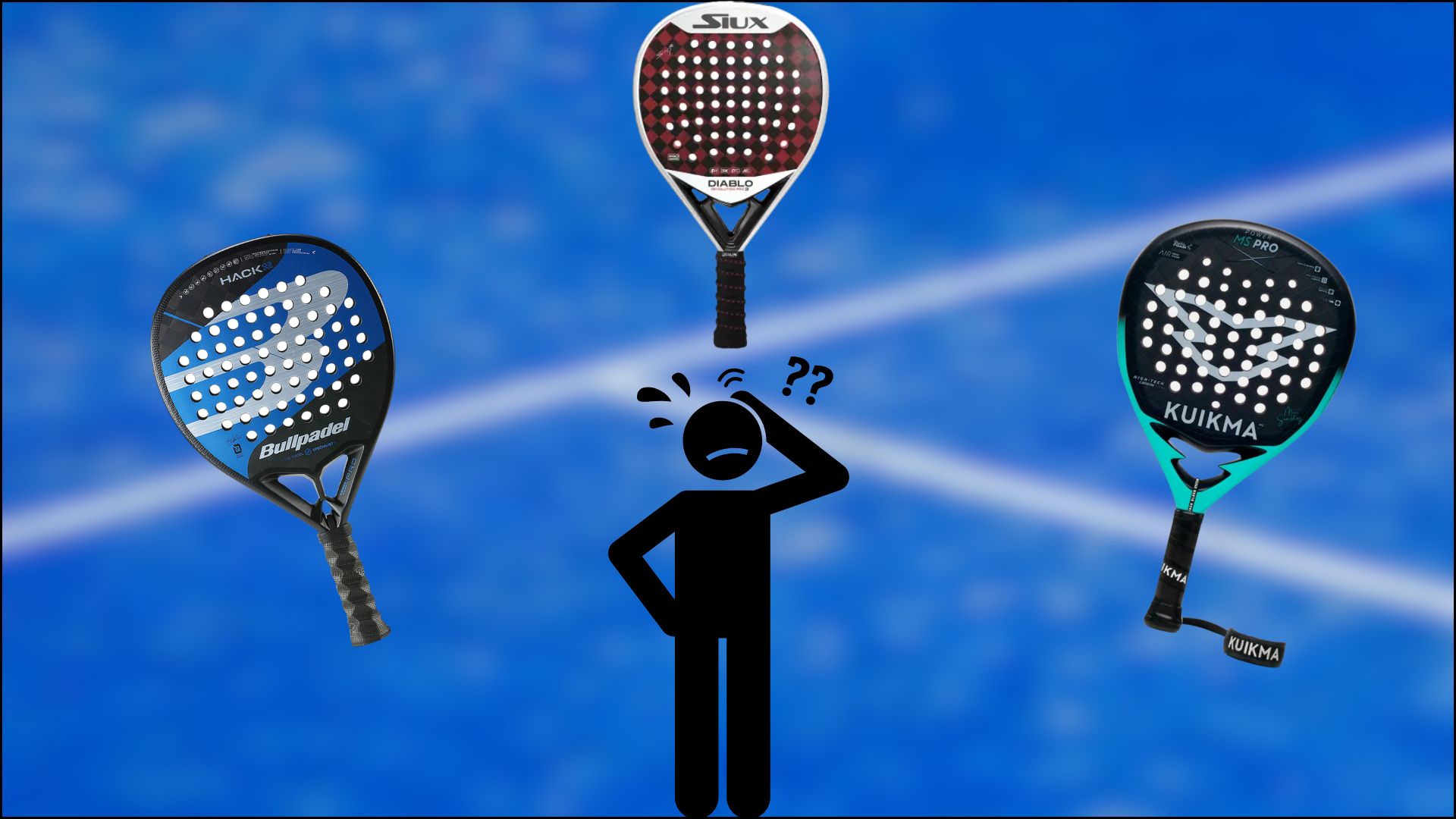 Choose your racquet padel in 3 steps
Choose your racquet padel in 3 steps La padel to fight Parkinson's disease
La padel to fight Parkinson's disease Don't play with a cracked or broken racket, your body will thank you!
Don't play with a cracked or broken racket, your body will thank you! Michel Cymes: “The padel, physically, it’s serious!”
Michel Cymes: “The padel, physically, it’s serious!” Jeremy Gala: “Promote the padel among young people in Belgium remains a challenge”
Jeremy Gala: “Promote the padel among young people in Belgium remains a challenge” The French Touch Academy organizes its selection day Padel-Study
The French Touch Academy organizes its selection day Padel-Study Report on the detection and training of younger generations
Report on the detection and training of younger generations Player's adult courses from April 8 to 21, 2024!
Player's adult courses from April 8 to 21, 2024!